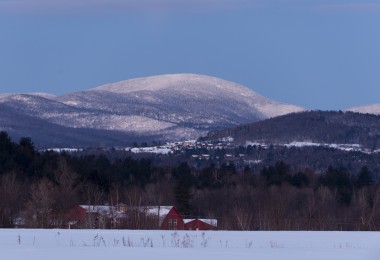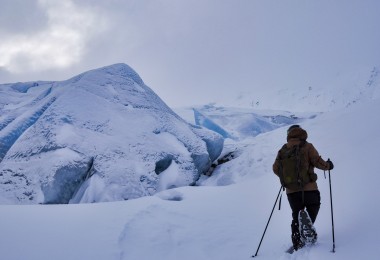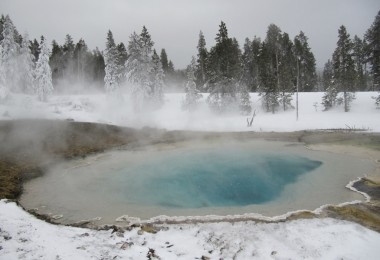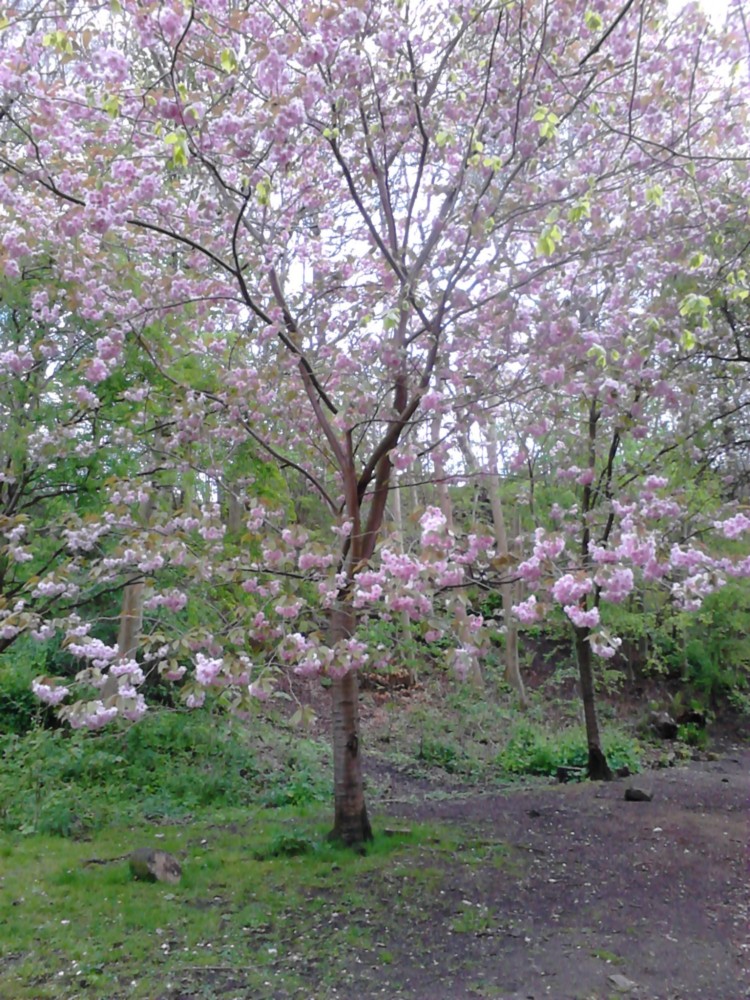I moved to Colorado from Washington, D.C., five years ago to play in the mountains. My first order of business once here was the purchase of a snowboard. Turned out to be a great decision -you would have been hard-pressed to find me in Denver my first three winters here. Instead, you would have found me flying – or more cases than not, plummeting – down some of the world-class runs at Breckenridge, Vail, Copper or A-Basin.
Fast-forward to 2004.
I haven’t used my season pass yet. Not once. Five years, four chiropractors, three physical therapists and a whole hell of a lot of back and neck pain later, it’s hard to get me up on the slopes. Don’t get me wrong, I still love boarding, but my body is begging me to go easy. I did more damage to my body in my first two years of boarding, than the preceding 26 years on this planet.
This all leads me to snowshoeing, which I’ve recently re-discovered. You see, one of the big catalysts for my migration to Colorado was the month I spent mountaineering in Alaska back in June 1997. I spent roughly 30 days on the Kahiltna Glacier in the Alaska Range.
The journey started in the Matanuska Valley outside Palmer, the staging ground for this month-long adventure with the National Outdoor Leadership School (NOLS). After about a week of drudging through endless rain and drizzle, across moving rivers of ice and breath-taking arctic tundra, we came to the Kahiltna Glacier.
On came the snowshoes. And after that, they rarely came off.
For the next three weeks, I spent the majority of my time on a rope team, on snowshoes, and with a 100 pound pack on my back. Glacier travel by its very nature dictates the necessity of snowshoes. Summers in the Land of the Midnight Sun are filled almost 24 hours with sunlight. Dusk attempts to set it, but it never succeeds. Glaciers are risk-laden environment as it is, constantly moving, and filled with millions of often unseen cracks, which plummet hundreds – and in some cases – thousands of feet below the surface. And, the constant sun only exacerbates the issue by melting and softening the snow bridges over these fissures.
Snowshoes mitigate the danger by dispersing weight over a larger area, and thus lessening the pressure exerted over bridges. And they do the job very well. The only time I did fall into crevasse (up to my chest) was after returning from a summit climb and while NOT wearing snowshoes. That experience was enough to convince me of their utility.
In addition to making glacial travel much safer, they’re also great for building runways. No, I haven’t lost my mind…I’ll explain.
After about three weeks into our excursion, we began to run out of food. Bad weather and an emergency with a British mountaineering team on Denali (just up the glacier from us), had held up our re-supplies for days, and were getting slightly desperate – not to mention extremely hungry.
When we finally got in touch with the pilot and scheduled a delivery location, we used to our snowshoes to build him a runway. This involved hours of four rope teams trudging over the same 100-yard or so strip of glacier, packing the snow to make a solid surface to land on. The first day we did this, the plane never came. Disgruntled and exhausted, we returned to camp. The second day, our efforts paid off. The plane landed without incident with our resupplies, and we were rewarded for our efforts with one large, cold pepperoni pizza to split between the twelve of us.
So, back to snowshoeing in Colorado.
Friends have invited me to go snowshoeing on many occasions over the last few years, but more often than not, I’ve said “no, thanks.” My one and only experience with snowshoes was a utilitarian one, and I didn’t share in the fun factor.
I’ve changed my tune more recently. I’ve settled down a bit, I’ve got a seven-month old Golden Retriever with oodles of energy, and I’ve got a girlfriend (soon to be fiancé) who loves to snowshoe. So, I’m ready to jump back in. No more lift lines, no more two and a half hour drives to the slopes, no more $10 pizza slices at the lodge, and no more compressed disks at the base of my neck.
Snowshoeing is a sport with so many upsides. The equipment is fairly cheap, you can do it anywhere there’s snow, you don’t need a $300 season pass. So, if you want to get out in the fresh air, get some great exercise, and save some money in the process, go out and get yourself a pair of snowshoes today.





